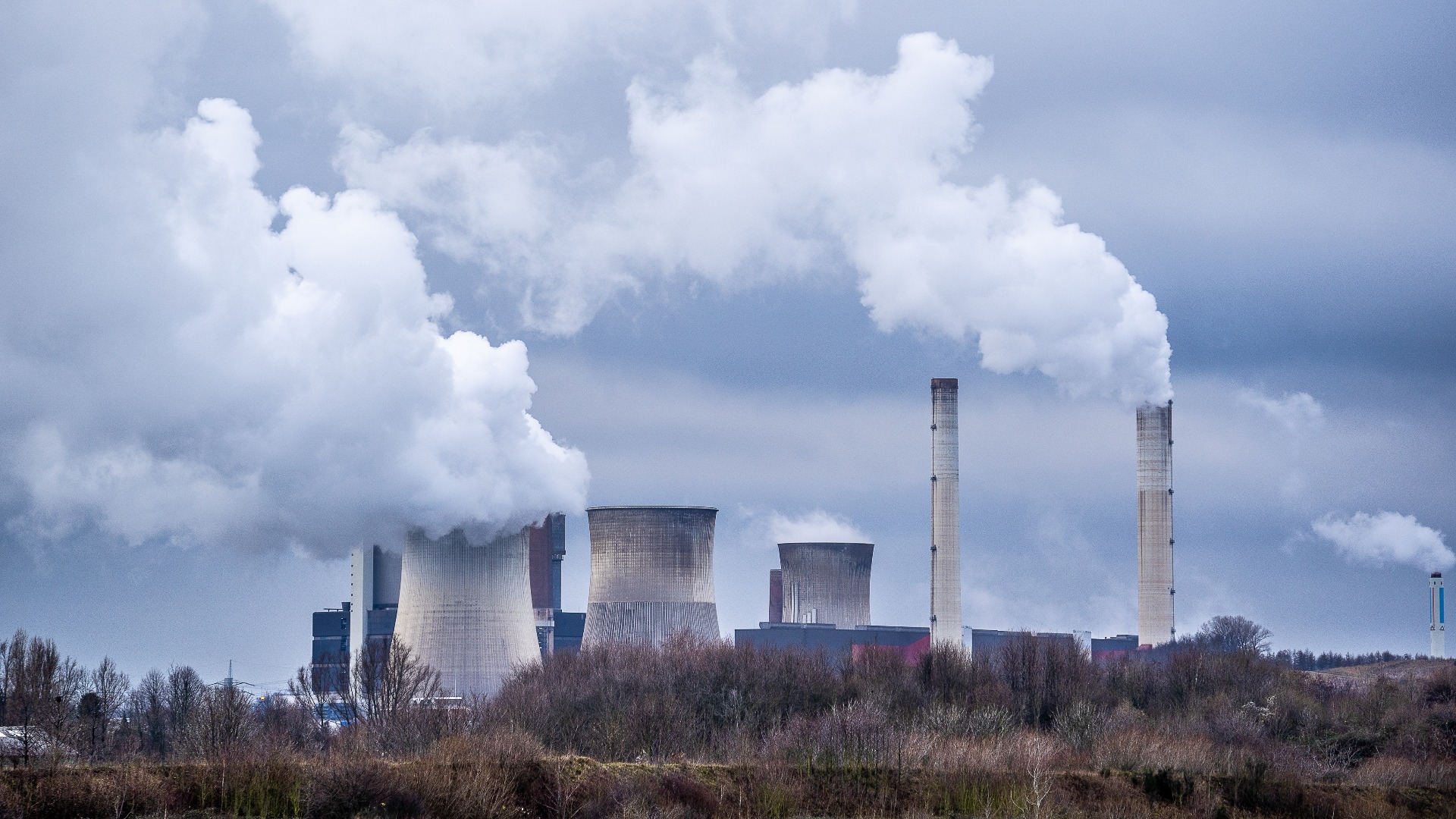
Fukushima Nuclear Plant To Begin Leaking Radioactive Water Into The Ocean

Radiation-laden sewage from Fukushima Daiichi will be released into the Pacific Ocean after being treated and diluted.
This is a controversial step that the Japanese officials say is necessary for the decades-long effort required to shut down the problem sectors of the plant.
At an assembly of Cabinet officials engaged in the plan, Prime Minister Fumio Kishida granted the final approval for the operations and told the company in charge, Tokyo Electric Power Company Holdings, to be prepared to begin the coastal evacuation on Thursday if meteorological conditions allowed. During the discussion, Kishida emphasized the importance of releasing the water to the deactivation of the plant and the reconstruction of the Fukushima prefecture after the tragedy on March 11, 2011.
He said the government has done all possible at this point to guarantee the plan's safety, shield the Japanese fishing industry's international image, and make the scientific foundation of the strategy obvious to the public. He promised that the government would keep at it, and even if it takes many decades, the authorities would be responsible for ensuring that all ALPS-treated water is properly disposed of.
Three reactors at the Fukushima Daiichi facility melted down and their coolant water became contaminated after a huge earthquake and tsunami knocked out their cooling equipment.
Japanese fishing groups are strongly opposed to the discharge of the treated wastewater because they fear it would further harm the image of Japanese seafood at a time when the industry is still trying to recover from the nuclear tragedy. Concerns have been voiced by groups in both South Korea and China, raising the matter to the level of an escalating political and diplomatic crisis.
However, officials and TEPCO believe draining the tanks is necessary to create place for the plant's decommissioning and to stop any potential leaks. TEPCO official in charge of the water discharge Junichi Matsumoto declared that although the release represents "a milestone," it is simply the first stage in a long and difficult decontamination process.
During the release stages, the water would be combined with saltwater and processed such that it would be considerably safer than current international guidelines. The Japanese government intends to discharge 7,800 tons of processed water over the course of 17 days. Testing will also be done on marine life and saltwater following the release, which is expected to have minimal effects on the environment and human health if carried out as planned.
While most scientists agree with the IAEA's assessment, some have raised concerns about the potential consequences of the water's continued exposure to low doses of radiation.
Kishida's administration has increased its outreach to neighbouring nations to clarify the idea, particularly South Korea, in an attempt to prevent the issue from disrupting ties between the two countries. Kishida said that the work has advanced and that the international community is reacting generally calmly to the proposal.
On the other hand, China has increased radiation testing on Japanese fishery goods, delaying customs processing, while Hong Kong has threatened to stop shipments if Japan goes forward with the plan.
In response to China's limitations on Japanese seafood exports, TEPCO has said that it is moving toward accepting applications for damages.
Source: apnews.com








